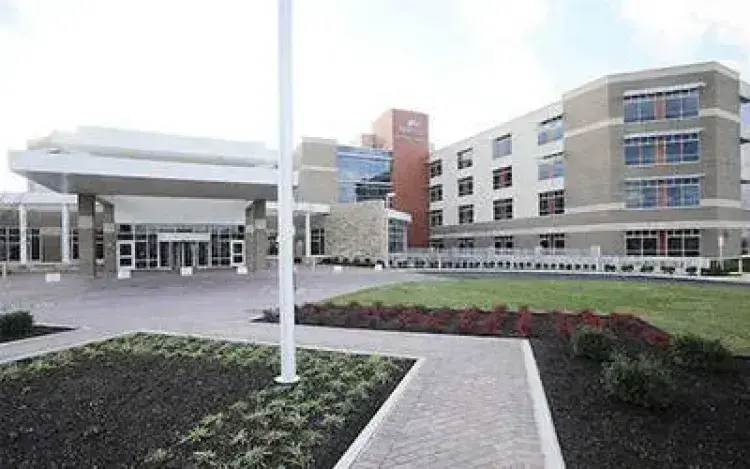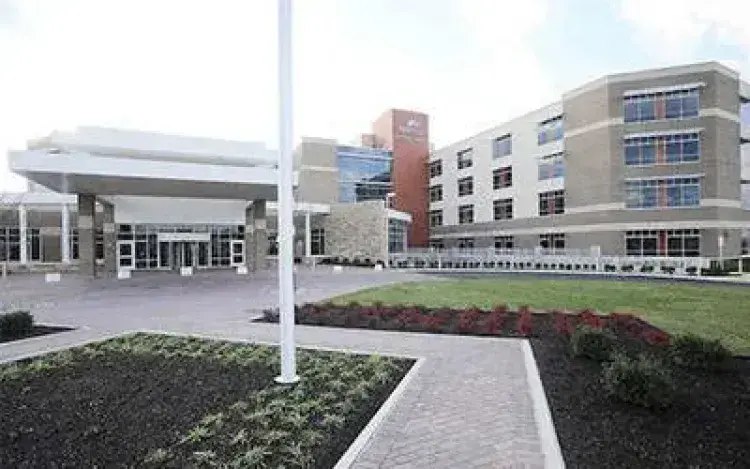
The Meritus Medical Center Turnaround
Case Study

The Challenge
In October 2008 the Emergency Department at Meritus Medical Center, a 286-bed acute care facility located in Hagerstown, MD, was no longer meeting the hospital standards. Door-to-provider time was more than two hours and the left without being seen (LWBS) rate was more than 5 percent.
Patient satisfaction was in steep decline, as was provider morale. This was despite the fact that the hospital was paying a generous subsidy to their emergency group.
The incumbent group had lost sight of the fact that they were partners to the hospital. That was the month that US Acute Care Solutions took over management. They undertook a number of initiatives which transformed the department into one of the best performing in Maryland.
Today, Meritus has achieved a dramatic turnaround. Patient satisfaction and provider morale are both extremely high. The LWBS rate is less than 1% and door-to-provider time is under 30 minutes. And, the turnaround was accomplished without a subsidy. Here's how we did it:
The Solution
RELATIONSHIP BUILDING
Recognizing that success in the ER often depends on groups outside the ED such as lab and radiology. We brought these groups together through formal and informal meetings to hear their concerns, then helped lab and radiology gain a better understanding of their own key metrics and their impact on throughput in the ED, building collaborative teams and developing joint goals to improve.
REORGANIZED FAST-TRACK
Meritus’ inefficient throughput was directly related to poor coordination between the fast-track and main areas of the ED. When one area was overwhelmed with volume it didn’t matter if the other area was empty; the two teams didn’t communicate to allocate resources. We changed this by integrating the teams and creating programs that enabled nurses, PAs, and physicians see the big picture. Staff from each section spent time working each other’s shifts, and today the two teams work in coordination.
INCENTIVIZING NURSES
In order to bring the nursing staffs and physicians’ goals into alignment with the physicians’, we designed a series of recognition programs to reward nurses for reaching group benchmarks. These included gift vouchers, group meals, and public recognition for the highest performing individuals and teams.
FIRST TRACK
Meritus was a high-volume ED that was significantly underbedded. To cope with the space shortage and improve throughput, we implemented a First Track. The program targeted patients who normally wait the longest – those with non-emergent conditions that nevertheless require additional observation, testing, or treatment.
DATA ANALYSIS
We conducted intensive data analysis to determine optimal staffing levels for providers based on what kinds of patients came in on an hourly basis throughout the week. In addition, we implemented a program to let each provider monitor their own performance through an individual dashboard, which compared them with their peers and industry-wide benchmarks. This encouraged healthy competition amongst providers as well as personal accountability to individual goal setting.
Finally, we worked to be vigilant when it came to efficient and thorough billing procedures, making sure to track down every chart and follow-up where appropriate.
The Results
1 % LWBS RATE AND REDUCTION IN DOOR-TO-PROVIDER TIME
RISING QUALITY AND PAY, WITHOUT A STIPEND
The impact of our leadership and improvements fed a virtuous cycle at Meritus. More revenue for the hospital meant we were able to increase compensation for providers even without the stipend that had been given to the previous group. With a quality team of committed clinicians, the ED continued to improve, gaining a reputation as a high-quality place to receive emergency care. Today, patient volume at Meritus continues to increase and key metrics far exceed national benchmarks.
We achieved these results not just through leadership and process improvement, but by acting in close partnership with hospital leadership. The close working relationship remains today.
Figure 1: Time from Arrival to Doctor (in Minutes)
Figure 2: Left Without Being Seen
Figure 3: Highest Response to "Would you recommend?"
NEW PARTNERSHIPS
NEW OPPORTUNITIES
If you’d like to explore all USACS can offer your facility and join our nationwide network of partners, contact us today.
